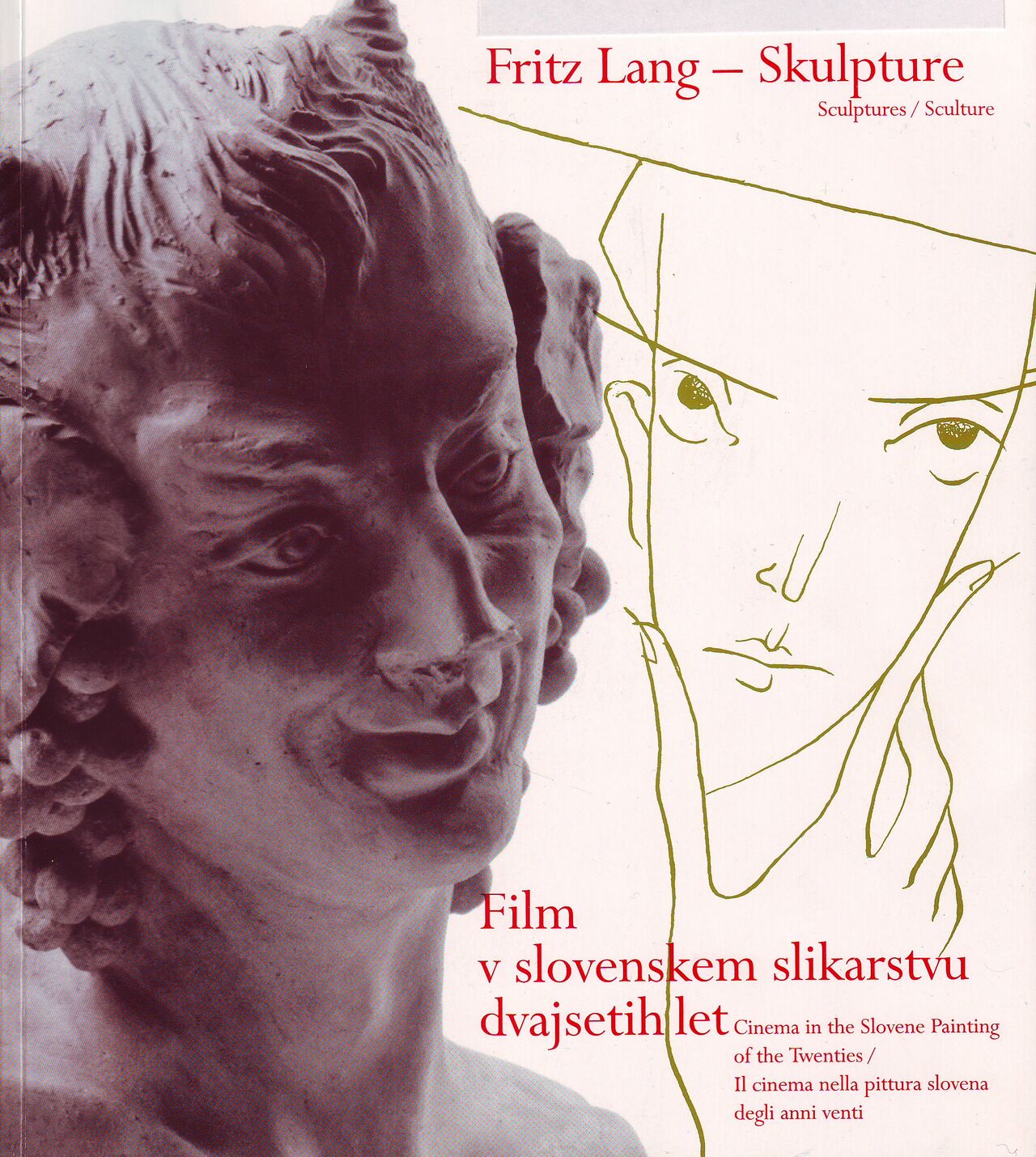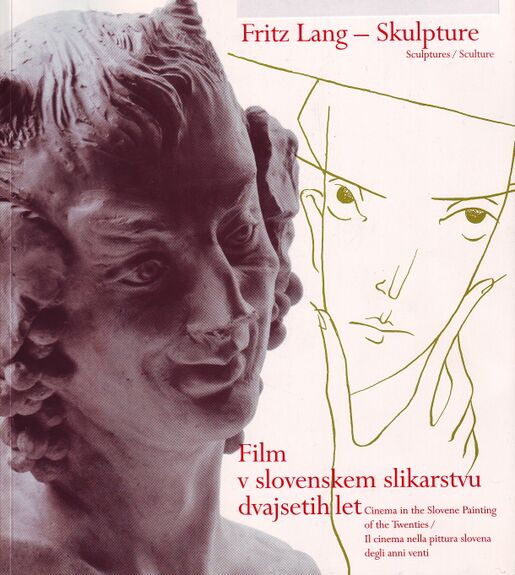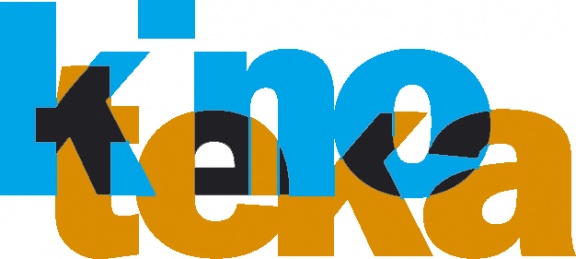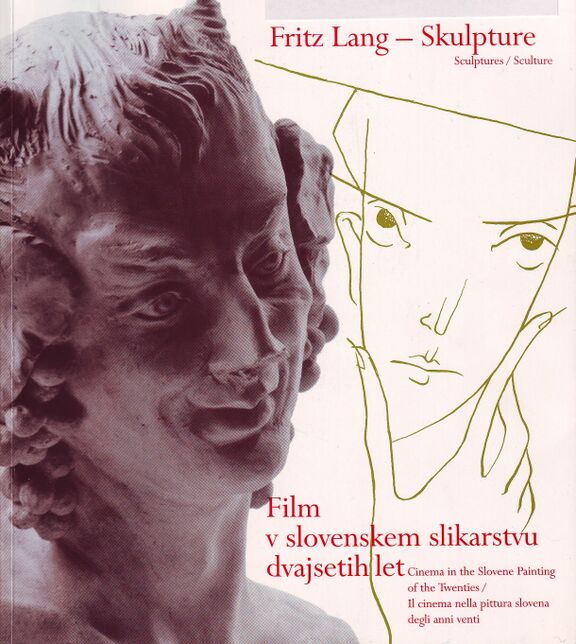Slovenian Cinematheque Museum Department
Collections
The Slovenian Cinematheque inherited its collection related to Slovene film history from the Slovene Theatre and Film Museum, which was split between the National Theatre Museum of Slovenia and the Slovenian Cinematheque during the late 1990s.
The department's inventory is diverse and divided into different collections: technical items, photographs, manuscripts, screenplays and shooting scripts, drawings, costumes, posters and leaflets, publications and museum objects related to Slovene cinema.
Fritz Lang's sculptures
Fritz Lang's sculptures were discovered in the 1980s in Slovenia, and are considered his only preserved fine arts work. Lang, who enrolled in architecture and painting studies in Vienna and Paris in his youth, tried his hand at the local pottery workshop in Ljutomer, Eastern Slovenia, where he attended school for reserve officers during World War I. The young artist and his sculpture work are documented on a photograph signed by Lang and sent from Vienna to his Ljutomer host, the lawyer Dr. Karol Grossmann (1864–1929), who also is the pioneer of Slovene cinema (in 1905 he shot the first images of Slovene cinema).
Exhibitions and publishing
In addition to exhibitions of documents and objects from the collections, the museum department presents displays accompanying film festivals or cooperates with museum institutions abroad. It systematically presents the legacy of the distinguished film workers such as Silvan Furlan (film critic, theoretician and founder of the Slovenian Cinematheque), Boštjan Hladnik (director), Polde Bibič (actor), Bojan Adamič (composer), Ivan Marinček (cinematographer), Niko Matul (production designer), and many others, among them the Badjura Award recipients.
Several catalogues and other publications have been prepared in cooperation with the Slovenian Cinematheque Research and Publishing Department, for example, the catalogue Fritz Lang – Sculpture / Cinema in the Slovene Painting of the Twenties for the exhibition presented in 2004 at the A+A Gallery, Venice.
See also
- Slovenian Cinematheque
- Slovenian Cinematheque Film Archive Department
- Museum of Slovenian Film Actors
External links
- Slovenian Cinematheque Museum Department website
- Divača Museum website – Museum of Slovenian Film Actors
- Portrait of Dr. Karol Grossmann on the Grossmann Film and Wine Festival website







